SAAB Story
When Porsche decided they needed a cash cow in the shape of an SUV, they built a brand new truck and stuck a 911 face on it. The Cayenne isn't exactly what you'd call pretty, but there's genuine Porsche engineering underneath. When the fast-growing Saab brand decided to enter the American SUV fray, parent company GM took a different approach. They stuck a Swedish nose on a Trailblazer/Envoy, made some suspension mods, angled the instruments towards the driver, put the ignition between the seats and called it good.
To be fair, Saab swears on its smorgasbord that the 9-7X has brand-specific driving dynamics. Hmmm. Good as it is, a Porsche Cayenne still drives like a truck, not a 911 or Boxster. By the same token, a lowered and stiffened Envoy isn't likely to handle like a front-wheel-drive turbocharged Saab sedan. Besides, no matter how many Swedish engineers were involved, no matter how Scandinavian the driving experience, can you really call the gas-loving 9-7X a genuine Saab when it won't even be sold in Sweden? What the Hell happened to national automotive identity?
Relax. I'm not about to put on a George W. Bush mask, trash a McDonald's and rant against the forces of globalism. As far as I'm concerned, the more people who eat Big Macs the better (even if I don't). But you've got to wonder how the car industry thinks it can get away with transnational badge engineering in today's hugely competitive, niche-driven marketplace.
To wit: the Subaru Impreza Turbo may seem identical to the Mitsubishi Evo, but customers who buy such things make fine distinctions, and choose their loyalties carefully. If you build something Saab-like on top of the Scooby's platform, very few people who are attracted to the four-wheel-drive, rally-inspired niche will be fooled. Interested, sure, but not fooled. The Saab 9-2X will end up competing with itself, albeit in a different form.
The temptation to perform this branding slight of hand is immense. Corporate bean counters see disparate parts of their automotive empire trying to do the same thing at the same time. They figure the Mother company could achieve massive economies of scale by getting all the brands to use the same damn bits. And they're right. Toyota has just about conquered the world by building different models from common parts (e.g. the Toyota Camry sedan and the RX300 SUV). So what's wrong with GM saving tens of millions of dollars in engineering and avoiding additional production capacity by designing and building Saabs in Japan and Ohio?
Character. It's that series of tactile and visual clues that tell you you're in something designed and built by people of a particular nationality. It's the oil-dampened precision of an Audi glove box as it snicks home. It's the perfectly-positioned armrest of a BMW 7-Series. It's the way a man over 35 years of age can't get comfortable in a Lotus in less than thirty seconds. It's the irregular rocking sensation of a Corvette at idle. When it comes to cars, national character is a bit like the US Supreme Court's definition of pornography: you know it when you see it.
Or hear it. I once watched a British TV program where two blindfolded German car nerds successfully identified 10 different cars just from the sound of the front door closing. While most people have something called a "life", I'm sure that many average car buyers could perform a similar trick. You only have to pull the door handle of a Jaguar X-Type to know it's been Americanized. You only have to pull the door handle of a new XJ to know it hasn't.
Aha! Both Jags were designed and built in Britain! So where's your national character now? The X-Type was built on a Ford platform, the XJ wasn't. The X-Type was a new model, post-Ford, built specifically for the American market. The XJ was an evolution of a long-standing British design, built specifically for the greater glory of Jaguar. In fact, the X-Type proves what can happen when a corporate parent ignores or disrespects the national characteristics of a foreign subsidiary's business.
Obviously, not all multinational efforts are doomed to failure. Porsche builds superb Boxsters in Finland. VW builds killer R32's in Bratislava. And when Italy ran out of capacity, Lamborghini built a number of suitably Italian Gallardo's in Ingolstadt. But the key difference is that these machines were designed in their home countries, by people who understand their brand's heritage. Equally important, they were created for their home market, where a brand's heritage is always most jealously guarded.
There's no sugar-coating it: a Saab built in Ohio for Americans may be a damn fine truck, but it will squander the loyalty of the people who know the difference between a Saab, and a Saab story.
More by Robert Farago
Latest Car Reviews
Read moreLatest Product Reviews
Read moreRecent Comments
- Redapple2 Like the color but would never buy. Gladiator? Love them. (but some say they drive super wonky?)
- Redapple2 Note to layman. Lifts change the resting angles of suspension components. Then add full length of travel in the duty cycle and now you are repeatedly doing things to the suspension was never design for. Failures are very common and fatal. Do it only if you are stupid.
- Redapple2 Stampings vs castings>? If you go casting, you ve entered one of the most complex corners of manufacturing. In aluminum? 30 different popular alloys. 8 Core methods. 10 Casting methods. 5+ Heat treat options. Then we can talk about what metal to make the mold out of. The layman has no idea how complicated this gets.
- BlackEldo Anal grotto is NOT going to be happy about that H/K engine quip...
- Tassos GOOD CAR GOOD PRICE. MILEAGE IS DECENT CONSIDERING HOW LONG HONDAS LAST. THUS SPOKE REAL TASSOS. BIDEN DOLLARS



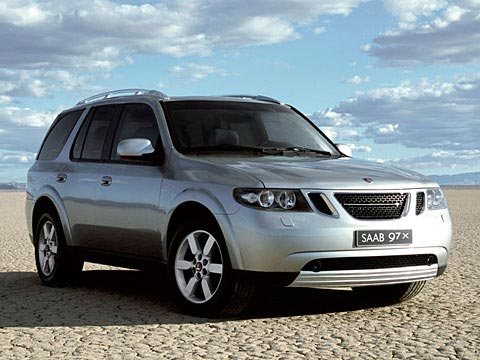



















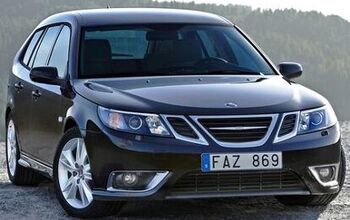
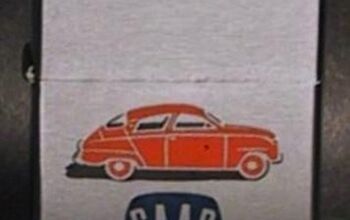
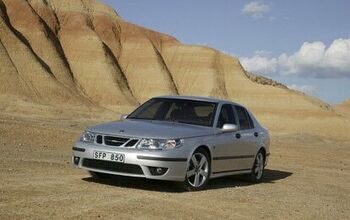


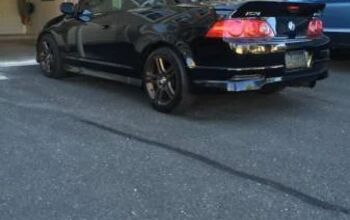
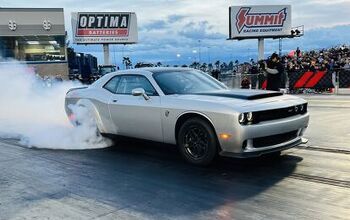
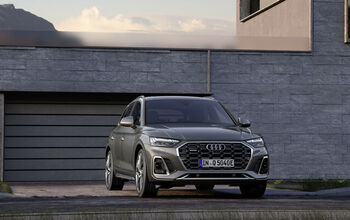
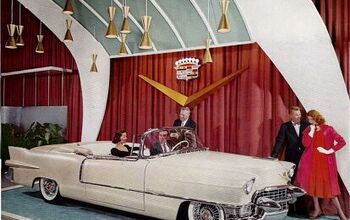

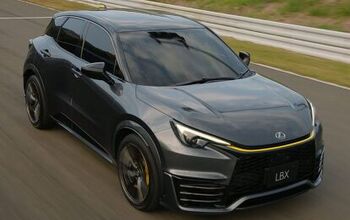
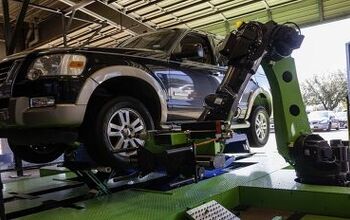

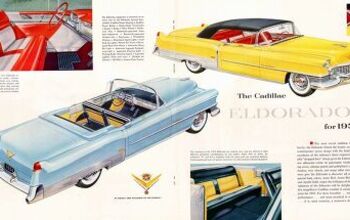
Comments
Join the conversation